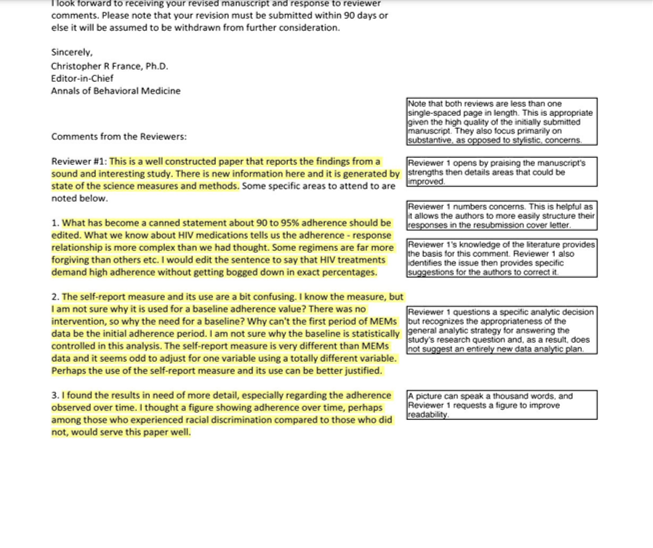e-Learning Ecologies MOOC’s Updates
Peer review
Peer review
The idea of peer review is common in scholarly publishing. The peer review process subjects an academic piece of work to review or evaluation by other experts working in the same field (Cambridge Dictionary, 2023). Based on this evaluation or peer review of an individual’s writing by anonymous reviewers, a journal takes a decision on whether a manuscript is good enough to be published or not. Typically, the peer review system is double-blind, meaning that reviewers’ and others’ identities are protected. This reduces subjectivity as reviewers do not know the authors whose works they review. Review comments are provided to the authors as well as the journal editor’s decision to publish the article, ask for a revision or reject it. Sometimes, there are several rounds of revision before an article is finally accepted for publication. This process helps the authors improve the quality of their work. This shows that formative assessment is not new and researchers have for centuries benefited from it. The final articles published in many journals are therefore products of the ideas, not only of the authors, but also of peer reviewers who made meaningful contributions to the articles in the formative phase. Some journals are beginning to publish peer review comments and original versions of articles together with the final versions. Even where articles are rejected and not published, if the reviewers’ comments are shared with authors, they are able to significantly improve the scientific writing. To learn more about the peer review process, the article by (Lovejoy et al., 2011) is recommended.
Source: https://www.emich.edu/psychology/documents/reviewing-manuscripts-for-peer-review-journals.pdf
Recursive feedback takes advantage of this old trick of improving the quality of students’ work through peer review. New learning technology affords us the opportunity to allow students peer review each other’s works. When they do so, they learn from the process. The reviewers learn from the task of having to critically assess the works of other students. The peer review process can also allow students access reviews of their peers’ works by other student reviewers. This recursive process allows for learning from other students and teachers.
In addition, the process requires students to respond to the feedback. This in itself is a form of providing feedback on the feedback. Students are expected to critically assess the reviewers’ comments and decide on what actions to take to improve their assignments based on the feedback received, or to reject feedback and explain why they have decided to follow a path different from what was suggested by their peers.
References
Cambridge Dictionary. (2023, March 1). Peer review. https://dictionary.cambridge.org/dictionary/english/peer-review
Lovejoy, T. I., Revenson, T. A., & France, C. R. (2011). Reviewing Manuscripts for Peer-Review Journals: A Primer for Novice and Seasoned Reviewers. Annals of Behavioral Medicine, 42(1), 1–13. https://doi.org/10.1007/s12160-011-9269-x



The last paragraph filled my query that are the reviews binding on the author. So, with logical argument and analysis, the original author may not go in the way of the reviewer. Meanwhile, it gladdens the heart to know that, the whole idea of peer-reviewing is to enrich the article.